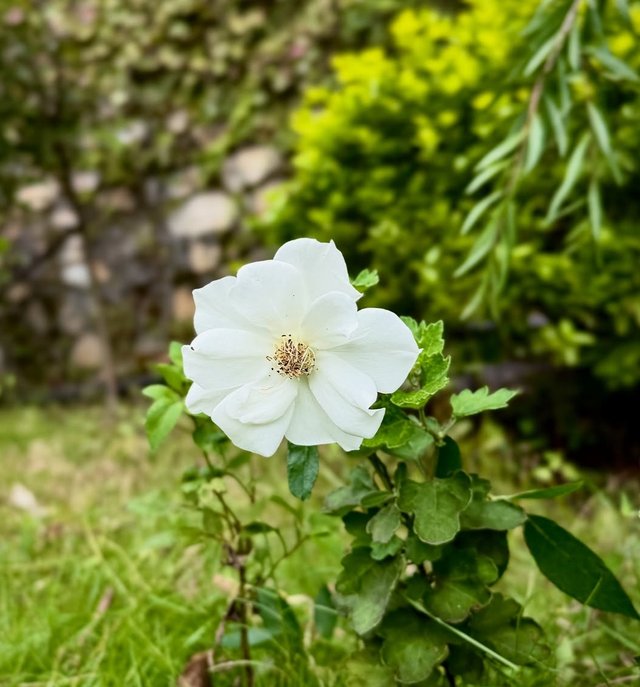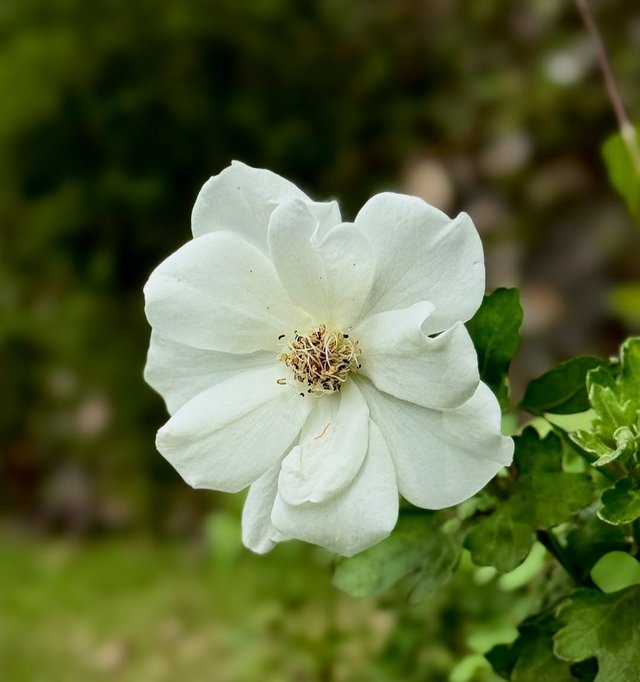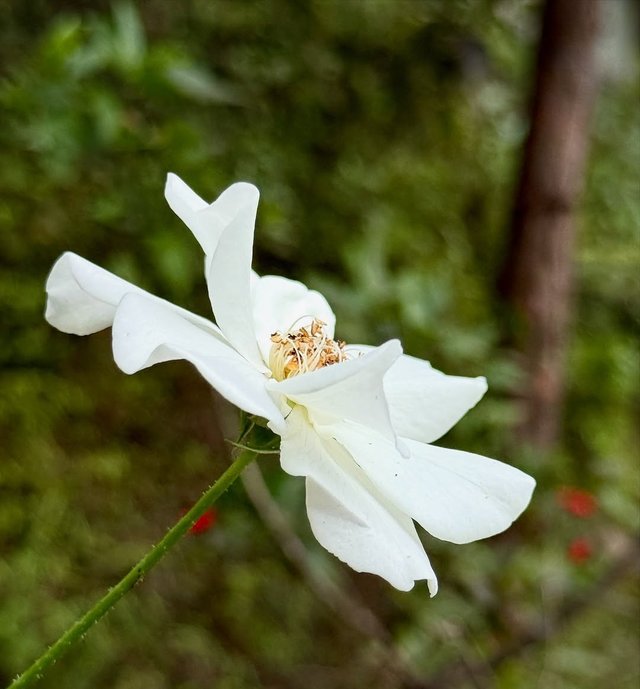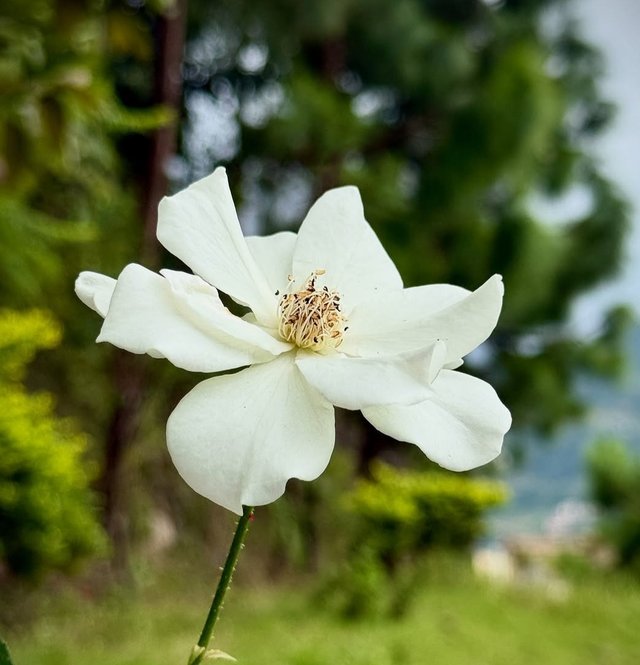Wonderful Cape Jasmine Flower
Cape Jasmine: A Fragrant Jewel of the Garden
Cape jasmine, scientifically known as Gardenia jasminoides, is a beloved evergreen shrub admired for its exquisite beauty and intoxicating fragrance. Native to parts of Asia, particularly China and Japan, this ornamental plant has captured the hearts of gardeners and flower enthusiasts worldwide. Its elegant, waxy white blossoms and glossy green leaves make it a symbol of purity, love, and refinement in many cultures.
Botanical Features
Cape jasmine is an evergreen shrub that typically grows between 2 to 6 feet tall, though some varieties can reach greater heights under ideal conditions. Its dark green, leathery leaves provide a rich backdrop for the plant’s star attraction: the creamy white, rose-like flowers. These blooms, often appearing in late spring through summer, exude a sweet, enchanting fragrance that perfumes the surrounding area, making them a popular choice for gardens, patios, and indoor displays.
The flowers are usually double-petaled and can range from 2 to 4 inches in diameter. As they age, their white petals may take on a creamy yellow hue, adding depth to their visual appeal. The plant thrives in warm, humid climates and is a favorite in Southern gardens for its ability to bloom abundantly with proper care.
Growing Conditions and Care
Cape jasmine prefers acidic, well-draining soil enriched with organic matter. It flourishes in full sun to partial shade, though too much direct sunlight in extremely hot regions can scorch its leaves. Consistent moisture is essential, but overwatering should be avoided as it can lead to root rot. Regular mulching helps maintain soil moisture and keeps roots cool during hot weather.
Pruning after flowering helps maintain its shape and encourages new growth, while occasional feeding with an acidic fertilizer keeps the foliage vibrant and the blooms plentiful. In cooler climates, Cape jasmine can be grown in pots and brought indoors during winter to protect it from frost.
Symbolism and Cultural Significance
Cape jasmine has long been associated with beauty, purity, and secret love. In Victorian times, gardenias were often exchanged as tokens of admiration or romantic affection. In many Asian cultures, they represent peace and clarity, while in modern floral arrangements, gardenias are used to convey elegance and timeless charm.
Uses in Landscaping and Decoration
The plant’s lush foliage and fragrant flowers make Cape jasmine an excellent choice for hedges, borders, or standalone specimen plants. Its blooms are often used in bridal bouquets and corsages, and when planted near patios or walkways, their perfume adds a touch of magic to summer evenings. Indoors, potted Cape jasmine can fill a room with its delightful scent, serving as a living air freshener and decorative centerpiece.
Thanks For Reading
Device Information
| Device | cannon eos 700D |
|---|---|
| Lens | 55-250 zoom leans |
| Location | Bangladesh |




